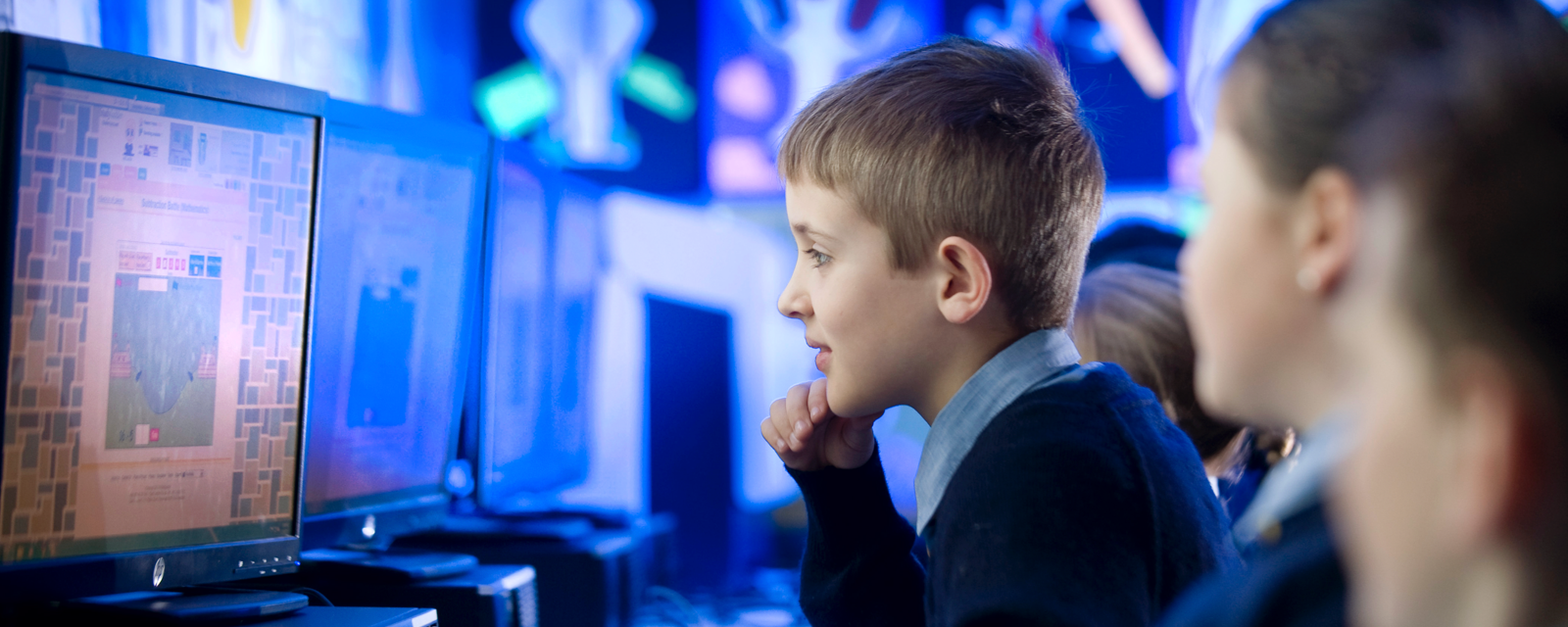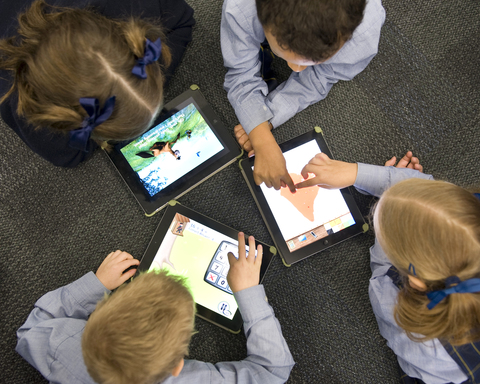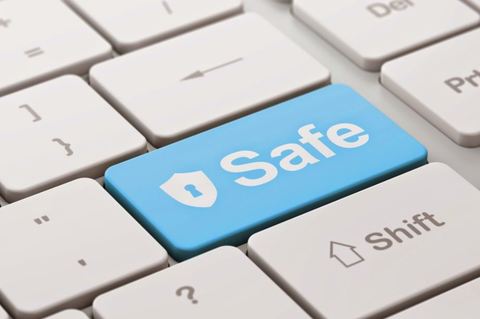
Our children live in a digital world, that's why we've brought technology into every class.

Here at Saint David's our students definitely don't miss out in the technology department!
A recent expansion in our IT capabilities has ensured that students at all levels within our school have access to technology on a daily basis. With iPads, laptops and desktop computers for use by our Junior primary students, to one on one laptops for class room use in Year 5-6, both our teachers and students can make use of these effective learning tools every day as needed.
Through our expansion in technology, we have increased opportunities to engage students in fun learning activities through a medium which captivates and inspires students to extend themselves.
Here are some of our technology facts and stats:
Parents do not need to pay additional fees for tech items as funding for technology is covered through our resource fees. All tech items are secured on site overnight to ensure that they are always fully charged, to reduce risks when travelling between school and home and to give students and parents a break from screens.

To ensure that our students understand the importance of maintaining their personal safety online we actively teach aspects of online safety at all levels of the school.
Whether using technology in the classroom, or at home our students learn the importance of behaving responsibly and respectfully online. We encourage our parents to regularly engage in discussions with their children about their online activity and to set solid guidelines for use at home.
Cyberbullying is online behaviour that is seriously threatening, intimidating, harassing or humiliating.
Examples of cyberbullying include:
As children are often online, it can be hard for them to escape cyber-bullying. Young people do not often tell their parents in fear that it will make the situation worse, or out of fear they will lose Internet access. Ongoing communication between parents and children is important to prevent and stop cyber-bullying. You may wish to consider more information about the support services available for children and cyber victims more generally.
For more information about how to support your child online, visit https://www.esafety.gov.au/